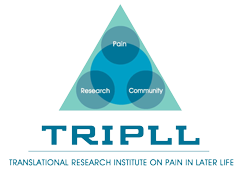Rehabilitation in Palliative Care
allison2018-09-30T23:55:19-04:00An article in The American Journal of Hospice and Palliative Medicine looked to see if rehabilitation is useful in “improving the quality of life by palliating function, mobility, activities of daily living, pain relief, endurance, and the psyche of the patient.” In this review article, the researchers focused on several rehabilitation interventions for patients with late stage illness. They concluded that “rehabilitation services are underutilized in the palliative care setting, and more research is needed to address how patients may benefit.” Click here to access full article
